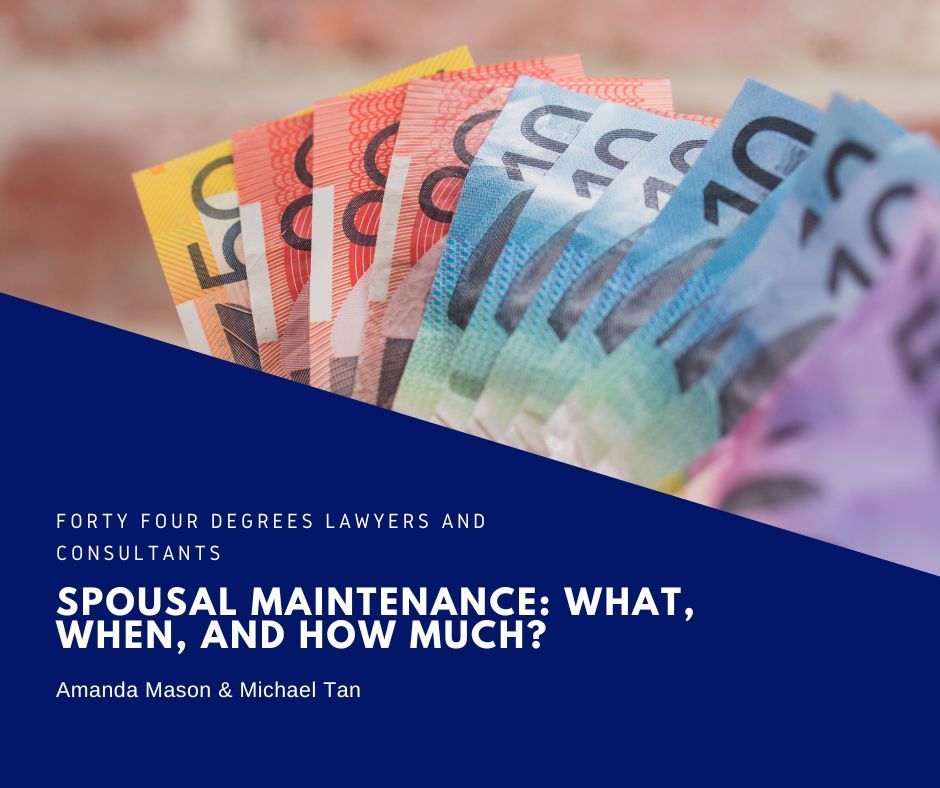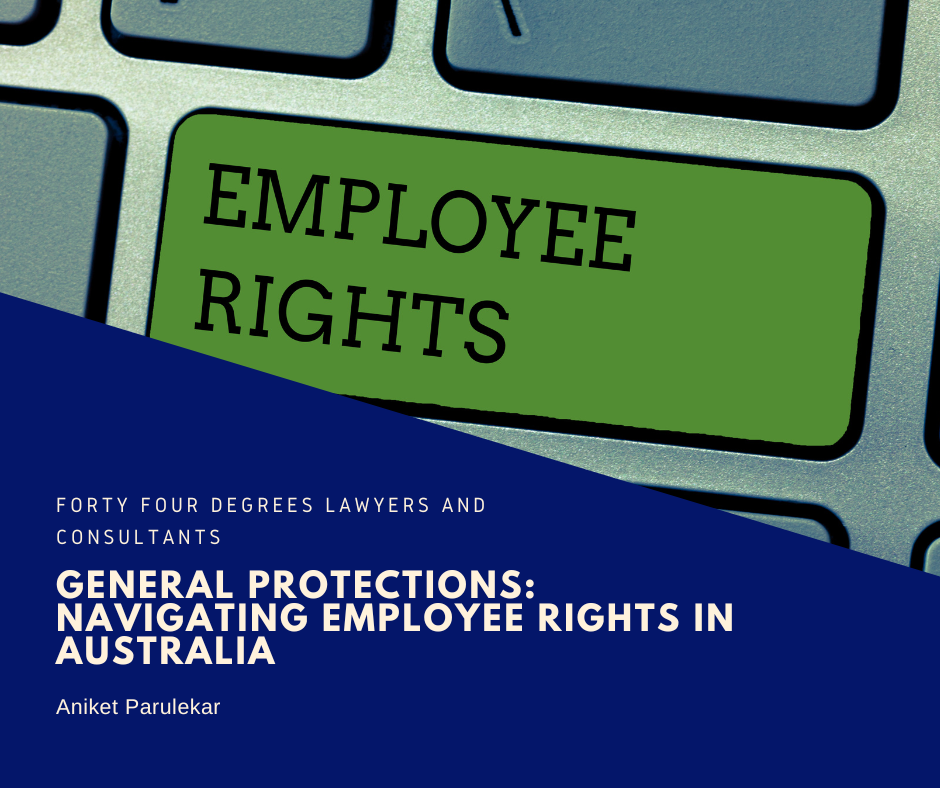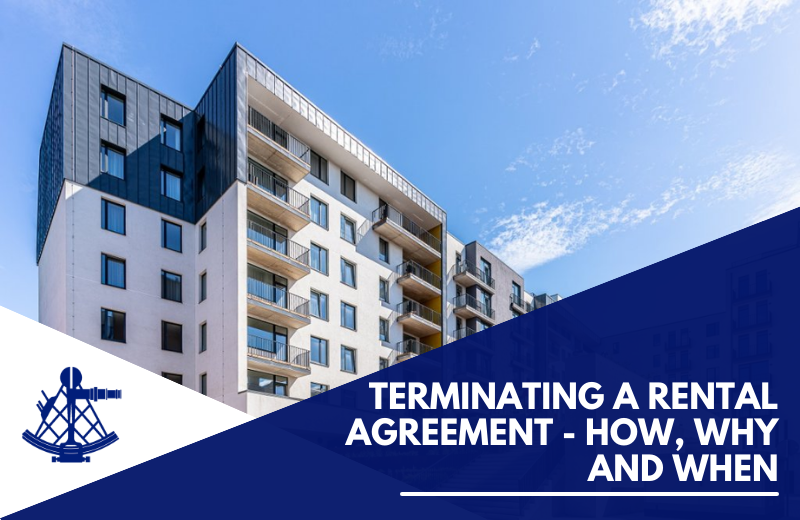Lawful Dismissal
Letting go of employees fairly and lawfully is an essential management skill

Knowing how to dismiss an employee fairly and lawfully is a crucial skill in running a business. While dismissing underperforming employees is important in improving productivity, profitability, and teamwork, if you dismiss an employee unlawfully or unfairly, any subsequent legal claims can create stress, affect morale of the remaining staff, and occupy more time and legal costs than most would expect.
In Australia, a lawful dismissal of an employee is where employment is terminated and the termination is not unlawful.
Some examples of unlawful terminations include:
- If the reason for dismissal isn’t valid;
- If the process or warnings used were not fair;
- If the employee was dismissed for a prohibited reason – such as:
- a person’s race, colour, sex, sexual orientation, age, mental or physical disability, marital status, family or carer’s responsibilities, pregnancy, religion, political opinion, national extraction or social origin (some exceptions apply, such as where it’s based on the inherent requirements of the job)
- temporary absence from work because of illness or injury
- trade union membership or non-membership or participation in industrial activities
- being absent from work during maternity leave or other parental leave
- temporary absence from work to engage in a voluntary emergency management activity
- exercising or planning to exercise a workplace right by making a complaint or inquiry in relation to your employment, or participating in proceedings against an employer.
As a manager, making sure any dismissal is fair and lawful can seem like a daunting task. A dismissal must be fair, just, and reasonable, as it may otherwise be considered an unfair dismissal under section 385 of the Fair Work Act 2009 (Cth). If a prohibited reason was part of the decision-making, then an employee can make a general protections claim under section 340 of the Fair Work Act.
To lawfully terminate an employee, you should follow a fair process prior to the termination. Any relevant policies or sections of an award or enterprise agreement should also be complied with. Depending on the reasons for termination, this may include giving warnings and an opportunity to improve, interviewing relevant witnesses, and/or giving the employee an opportunity to respond to a proposed dismissal.
If the reason for dismissal is a redundancy, depending on the award or enterprise agreement there may be requirements to consult prior to making a final decision.
Having said that, if an employee commits a serious misconduct, they can be terminated summarily without warning. It is important as an employer to carefully consider the situation upon discovering serious misconduct. If an employer is made aware of an employee’s misconduct and decides to maintain their employment, the employer cannot then dismiss based on the known misconduct later on.
Most employees will have a contract with the business that stipulates what needs to occur upon termination, including notice and final pay. On top of following the termination process, all relevant entitlements covered by their contract or award must also be given. Termination entitlements may include any outstanding wages, long service leave entitlements, annual leave, or redundancy pay. Depending on the industry and employment type, various awards, notice periods and pay amounts may be applicable.
If you are unsure of how to lawfully terminate your employee, feel free to contact Nicola Drakeford, Partner, on 1300 892 237.
Contact Us
We’re an Australian Law Firm promoting a nuanced, personal touch. We have the skills you need to resolve your case quickly and with a positive outcome. Our straight talking team stays close to simplify what is most often a complicated process. We help individuals and businesses with technology and startup law, property law including conveyancing and leasing, commercial law, civil litigation, wills, estates, bankruptcy, insolvency, criminal law, and professionals facing investigations and charges from their regulatory body.
We have a connected network of talented lawyers in Melbourne CBD, Dandenong, Ballarat, and Ivanhoe East.
Fill out the form or call us on 1300 892 237.
We will get back to you as soon as possible
Oops, there was an error sending your message.
Please try again later or call us on 1300 892 237.










